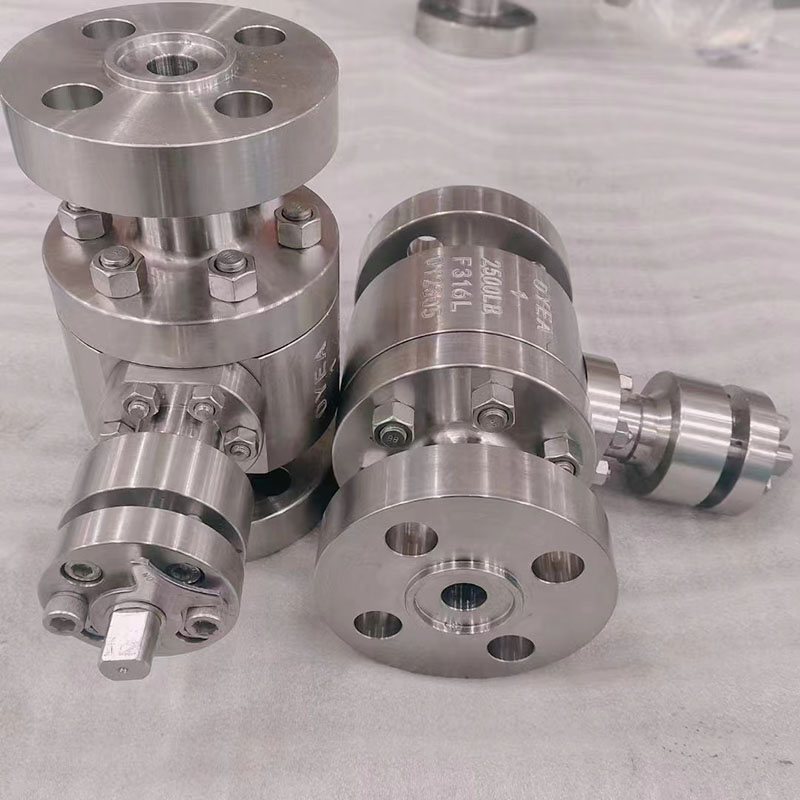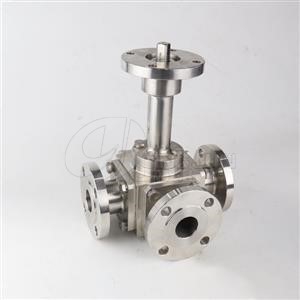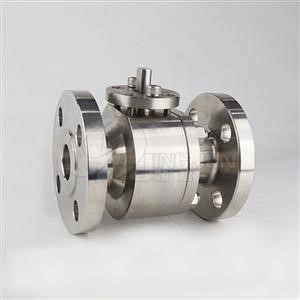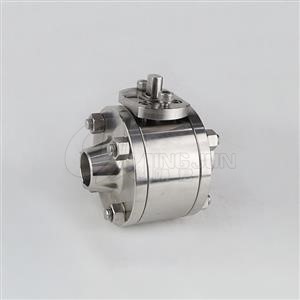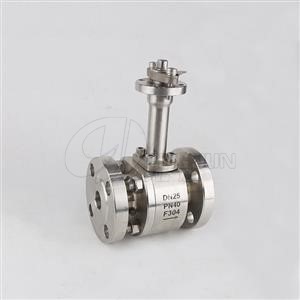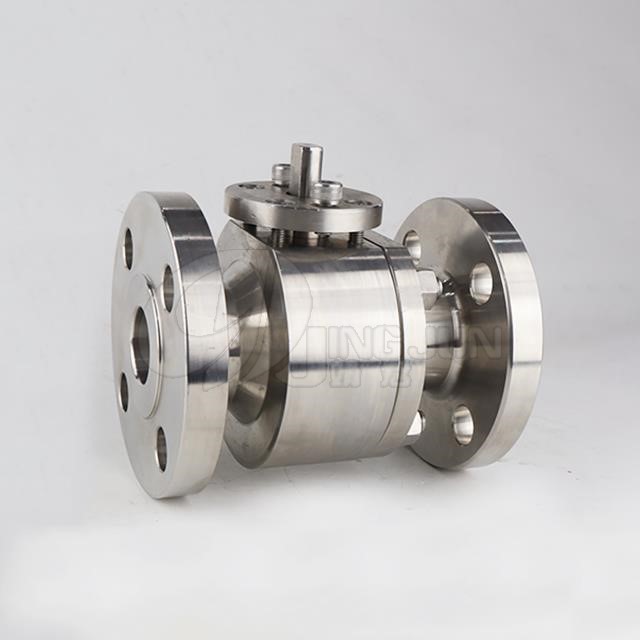Made of high - strength forged steel (e.g., A105, 304 stainless steel), as shown in the image. It has excellent pressure resistance, impact toughness, and structural integrity, ensuring stable operation under high - pressure conditions. The compact spherical structure with flanged connections enables reliable on - off control of media.
Equipped with a precisely machined ball core and valve seat. The ball core rotates smoothly to control media flow, and the forged steel material enhances wear resistance. The sealing design (e.g., PTFE, metal - to - metal seal) ensures reliable sealing, suitable for harsh industrial environments with high pressure and various media.
Designed for high - pressure pipeline systems (e.g., petroleum, natural gas transmission). It can withstand high pressure to realize reliable on - off control of media, preventing leakage and ensuring the safety of pipeline transportation.
Suitable for various media such as water, oil, gas, and corrosive chemicals. The forged steel material and sealing structure enable the valve to adapt to different media properties, meeting the needs of diverse industrial applications.
|
Item
|
Details
|
|
Body Material
|
Forged Steel (e.g., A105, 304, 316)
|
|
Nominal Diameter
|
DN15 - DN300 (common industrial sizes)
|
|
Pressure Rating
|
PN16 - PN420 (suits high - pressure systems)
|
|
Temperature Range
|
- 29℃ - 425℃ (varies by material grade)
|
|
Connection Type
|
Flanged Connection
|
Widely used in long - distance petroleum and natural gas transmission pipelines, as well as urban gas pipeline systems. It ensures safe and stable media transportation under high - pressure conditions.
Applied in chemical production lines and power systems for handling high - pressure, corrosive media (e.g., chemical reagents, steam). It meets strict process control requirements for safety and reliability.
Complies with industrial valve standards (e.g., API 6D, GB/T), covering design, manufacturing, and testing. Ensures structural safety, sealing performance, and pressure - bearing capacity meet high - pressure application demands.
Undergoes strict factory tests: pressure tests (to verify leakage - free operation under rated pressure), material inspection (forged steel traceability and mechanical property verification), and sealing tests. Manufacturers often hold ISO 9001 certification, guaranteeing consistent quality for high - risk industrial applications.
